Surface Catalysis
Our group is interested in fundamental processes in surface chemistry and catalysis, focusing on vibrational spectroscopic studies on solid surfaces, ranging from well-defined model systems to variously shaped nanomaterials, across a wide pressure range from ultrahigh vacuum (UHV) to ambient conditions. We have made progress in instrumentation to overcome the inherent experimental difficulties caused by the low reflectivity of dielectrics in the IR regime, utilizing a sophisticated UHV apparatus. This apparatus is dedicated to both in-situ polarization- and azimuth-resolved IRRAS experiments at grazing incidence on model catalysts, as well as transmission FTIR measurements for nanostructured powders. Additionally, it allows the integration of several surface-sensitive techniques (IR, XPS, UPS, TPD, LEED) in one system. The IRRAS and UHV-FTIRS methods are complemented by in-situ/operando DRIFTS. The combination of different IR techniques enables us to bridge the pressure and materials gap effectively.

We aim at a fundamental understanding of the structural, electronic and reactive properties of various nanomaterials under different activation/reaction conditions, based on comprehensive and accurate reference data acquired for model systems. Our main focus lies in the following topics:
-
Structure and catalytic activity of metal oxide surfaces
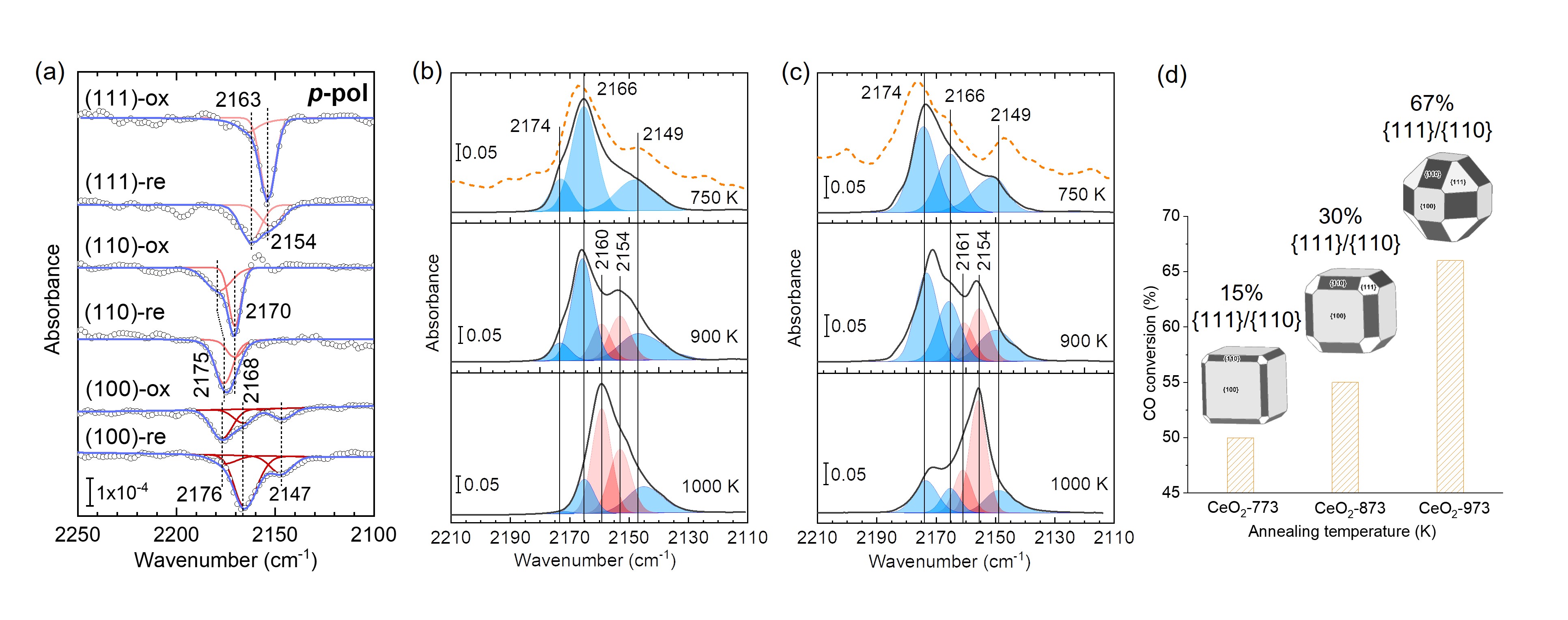
Surface Refaceting Mechanism on Cubic Ceria, https://doi.org/10.1021/acs.jpclett.0c02409
Bridging the Pressure and Materials Gap in Heterogeneous Catalysis: A Combined UHV, In Situ, and Operando Study Using Infrared Spectroscopy, https://doi.org/10.1021/acs.jpcc.3c03567
Vibrational Frequencies of CO Bound to All Three Low-index Cerium Oxide Surfaces: A Consistent Theoretical Description of Vacancy-induced Changes Using Density Functional Theory, https://doi.org/10.1063/5.0153745
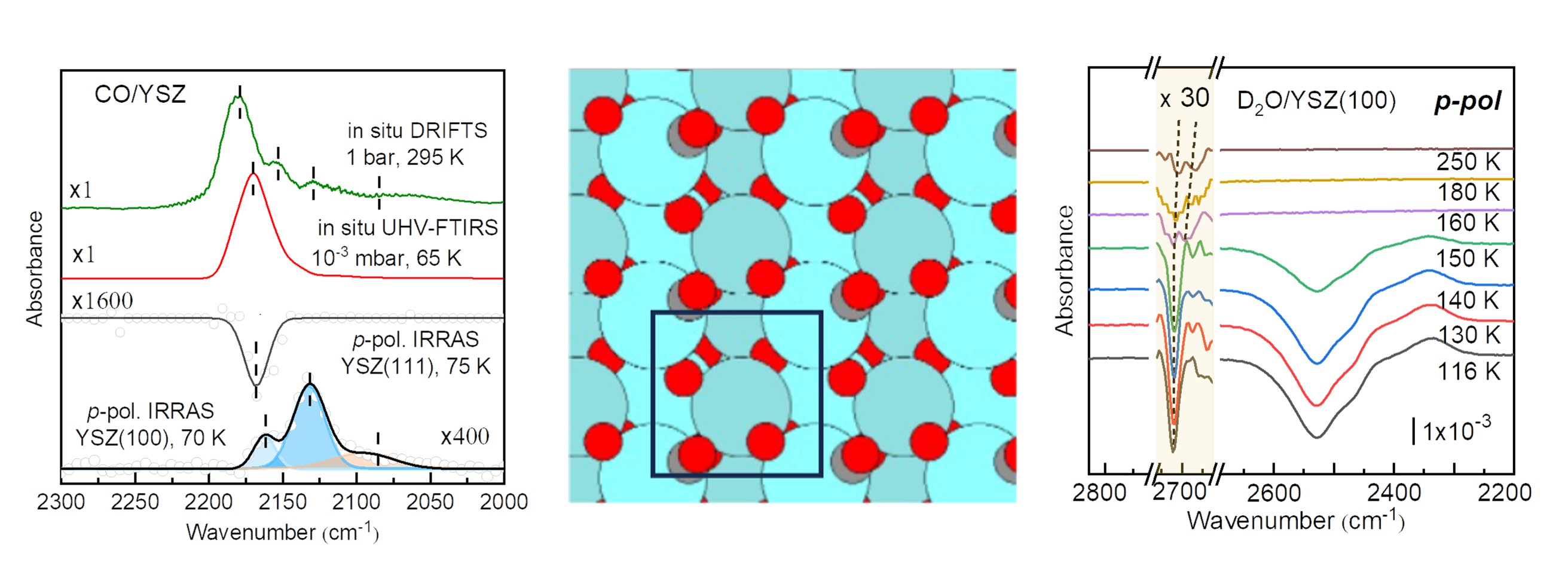
Structure and Chemical Reactivity of Y-Stabilized ZrO2 Surfaces: Importance for the Water-Gas Shift Reaction, https://doi.org/10.1002/anie.202404775
IR Spectroscopic Investigations of Chemical and Photochemical Reactions on Metal Oxides: Bridging the Materials Gap, https://doi.org/10.1039/C6CS00914J
-
Metal particles/clusters supported on oxide surfaces
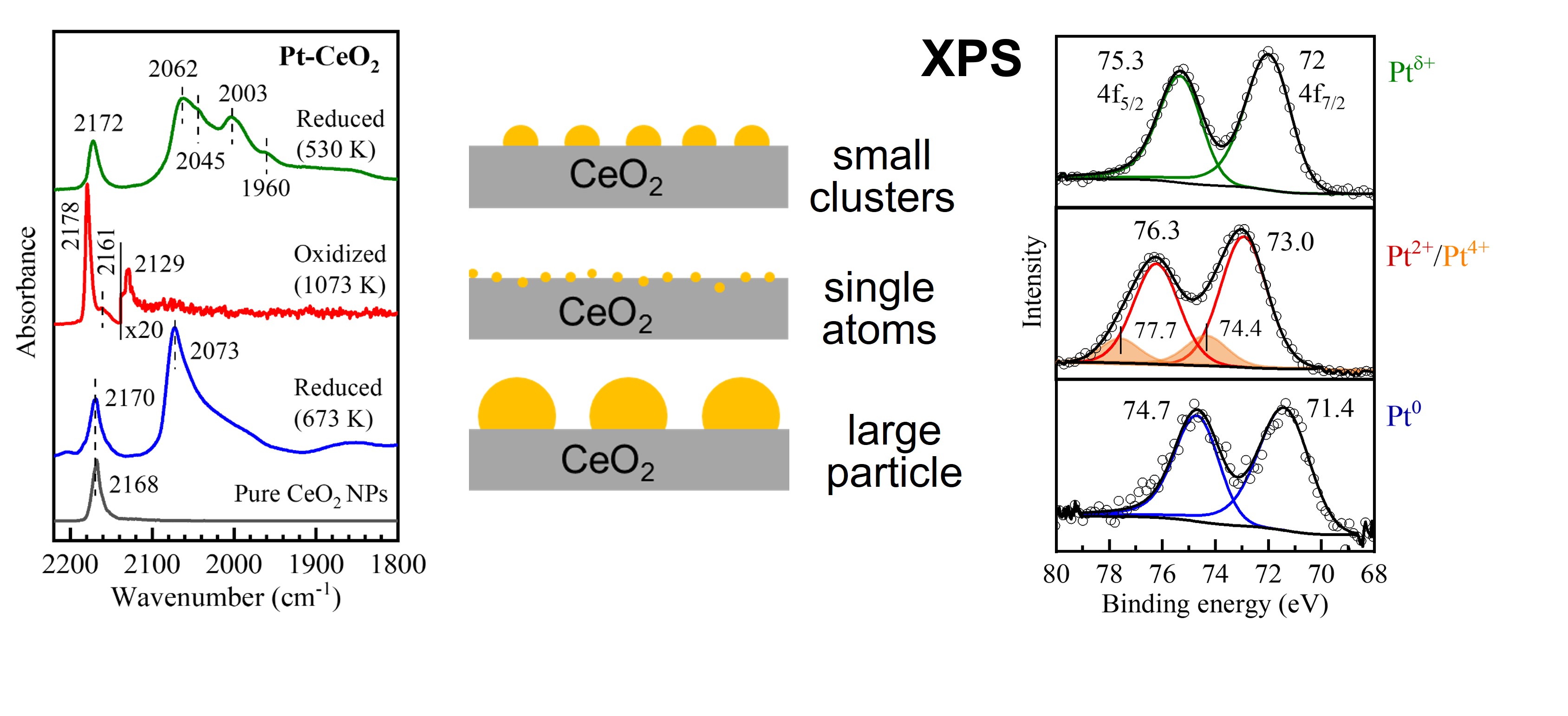
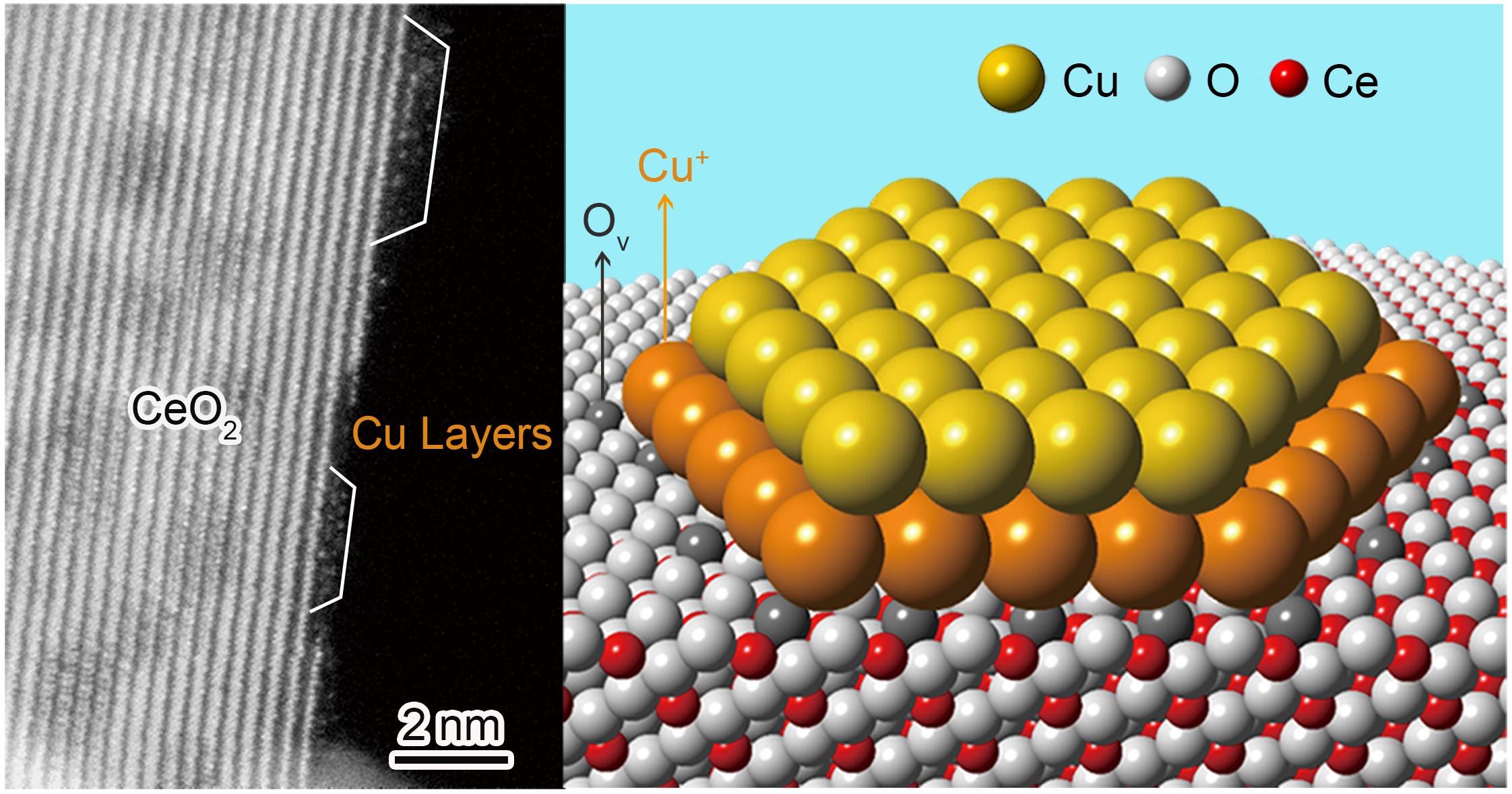
Dynamic Structural Evolution of Ceria-Supported Pt Particles: A Thorough Spectroscopic Study, https://doi.org/10.1021/acs.jpcc.2c02420
Tracking the Formation, Fate and Consequence for Catalytic Activity of Pt Single Sites on CeO2, https://doi.org/10.1038/s41929-020-00508-7
Structure of the Catalytically Active Copper-Ceria Interfacial Perimeter, https://doi.org/10.1038/s41929-019-0226-6
The interdisciplinary Collaborative Research Centre 1441 TrackAct- Tracking the Active Site in Heterogeneous Catalysis for Emission Control: https://www.trackact.kit.edu
- IR spectroscopic studies on defect-engineered metal-organic frameworks
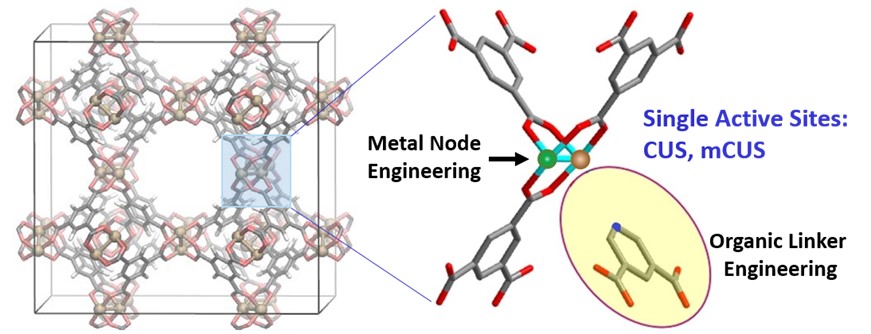
Defects Engineering Simultaneously Enhances Activity and Recyclability of MOFs in Selective Gydrogenation of Biomass, https://doi.org/10.1038/s41467-022-29736-0
Defect-Engineered Metal−Organic Frameworks: A Thorough Characterization of Active Sites Using CO as a Probe Molecule, https://doi.org/10.1021/acs.jpcc.0c09738
Interplay of Electronic and Steric Effects to Yield Low-Temperature CO Oxidation at Metal Single Sites in Defect-Engineered HKUST-1, https://doi.org/10.1002/anie.202000385
Chemical Reactions at Isolated Single-Sites Inside Metal–Organic Frameworks, https://doi.org/10.1007/s10562-018-2432-2
-
Photochemical properties of metal/oxides and MOFs systems
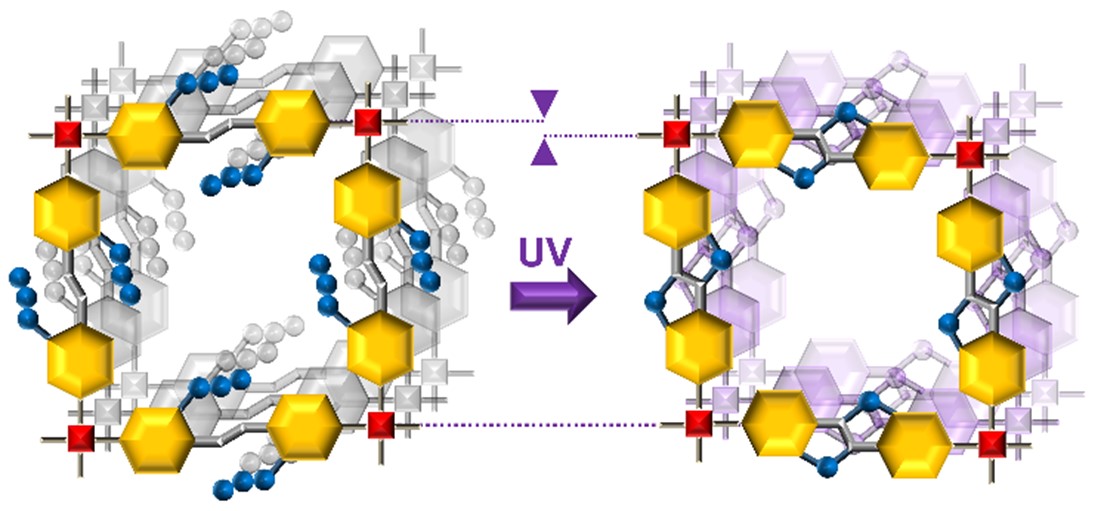
Metal-Organic Framework Thin Films as Ideal Matrices for Azide Photolysis in Vacuum, https://doi.org/10.1002/anie.202306155
Rendering Photoreactivity to Ceria: The Role of Defects, https://doi.org/10.1002/anie.201707965
Cover-Art Gallery
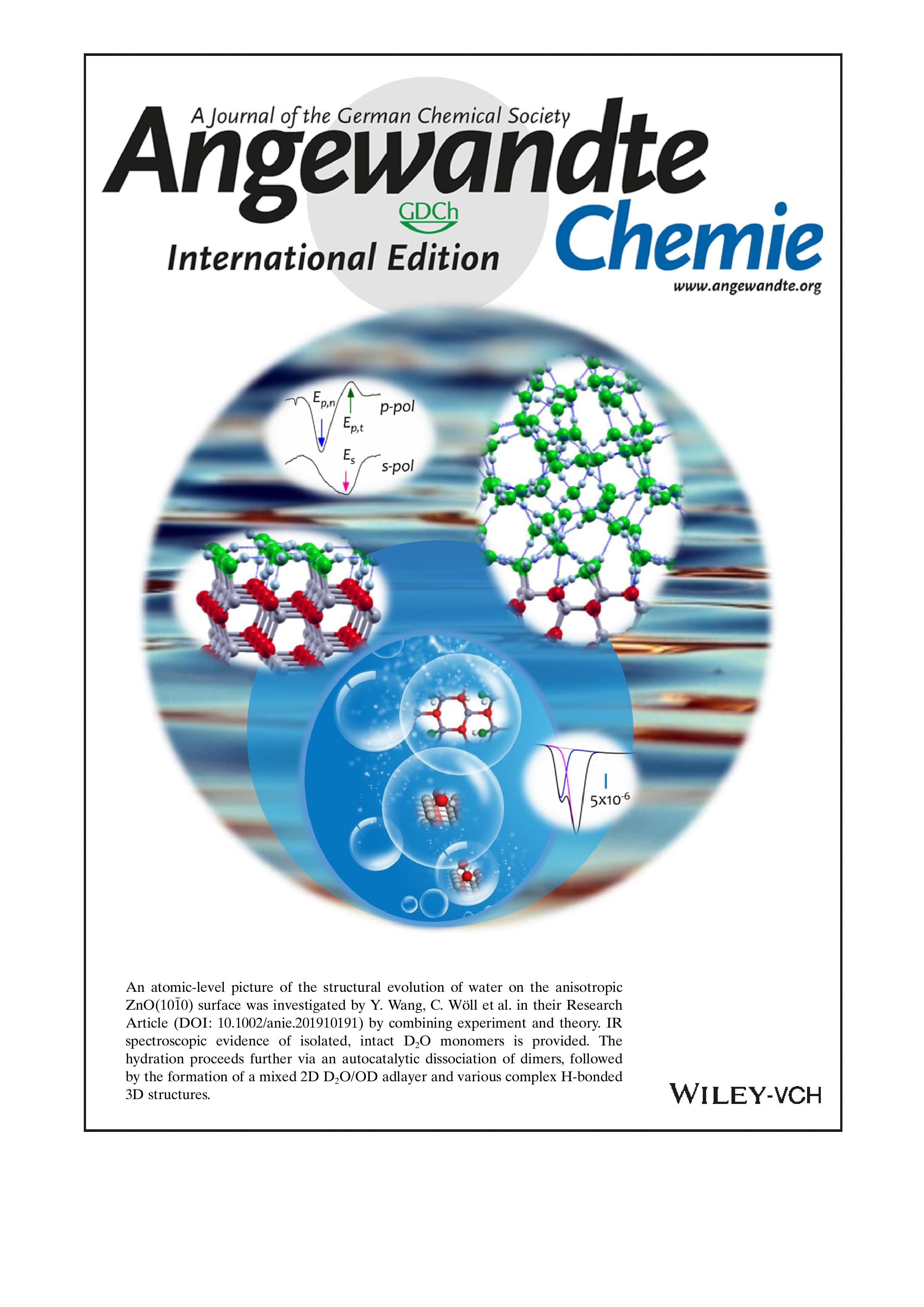
https://doi.org/10.1002/anie.201913850
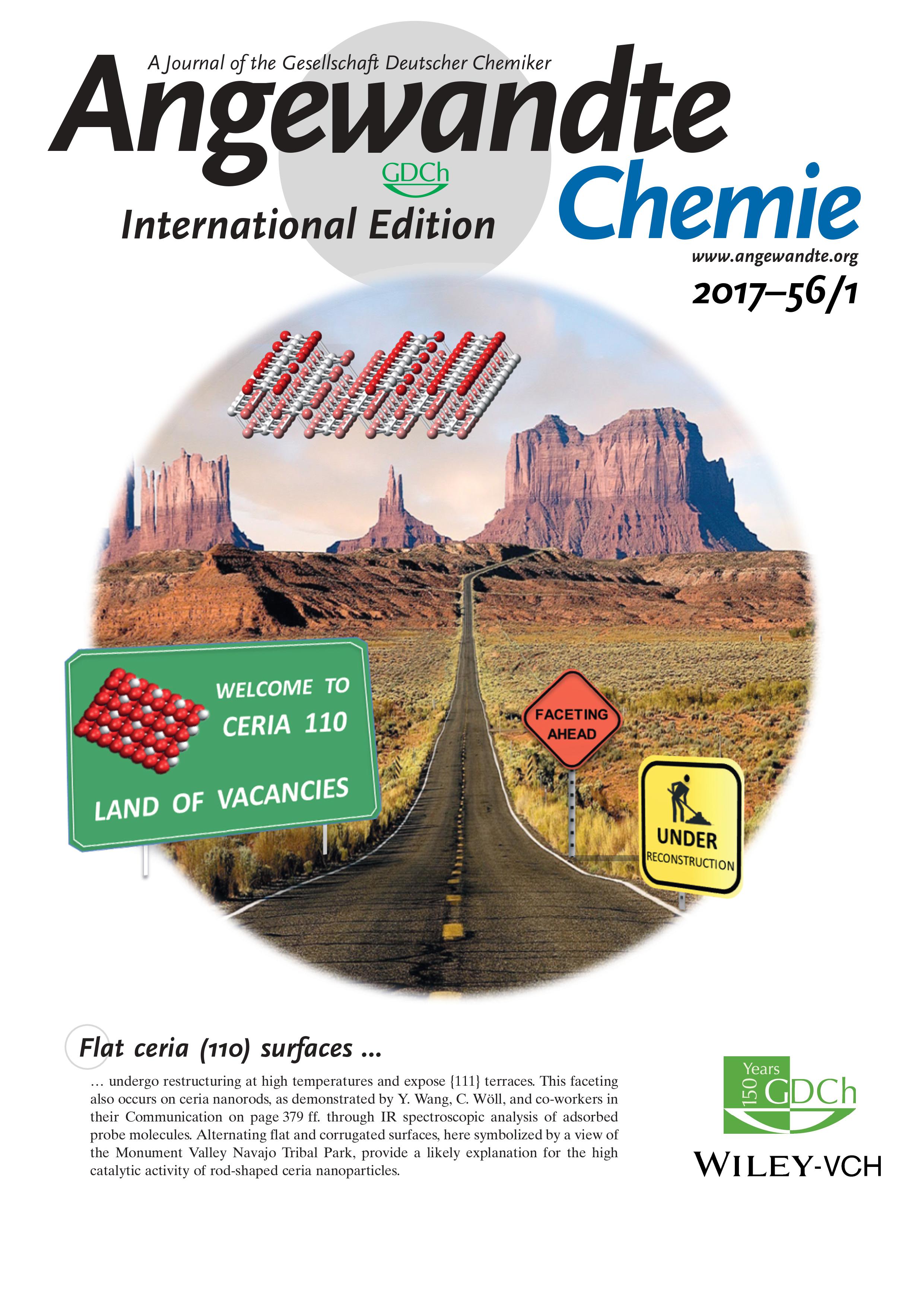
https://doi.org/10.1002/anie.201611453
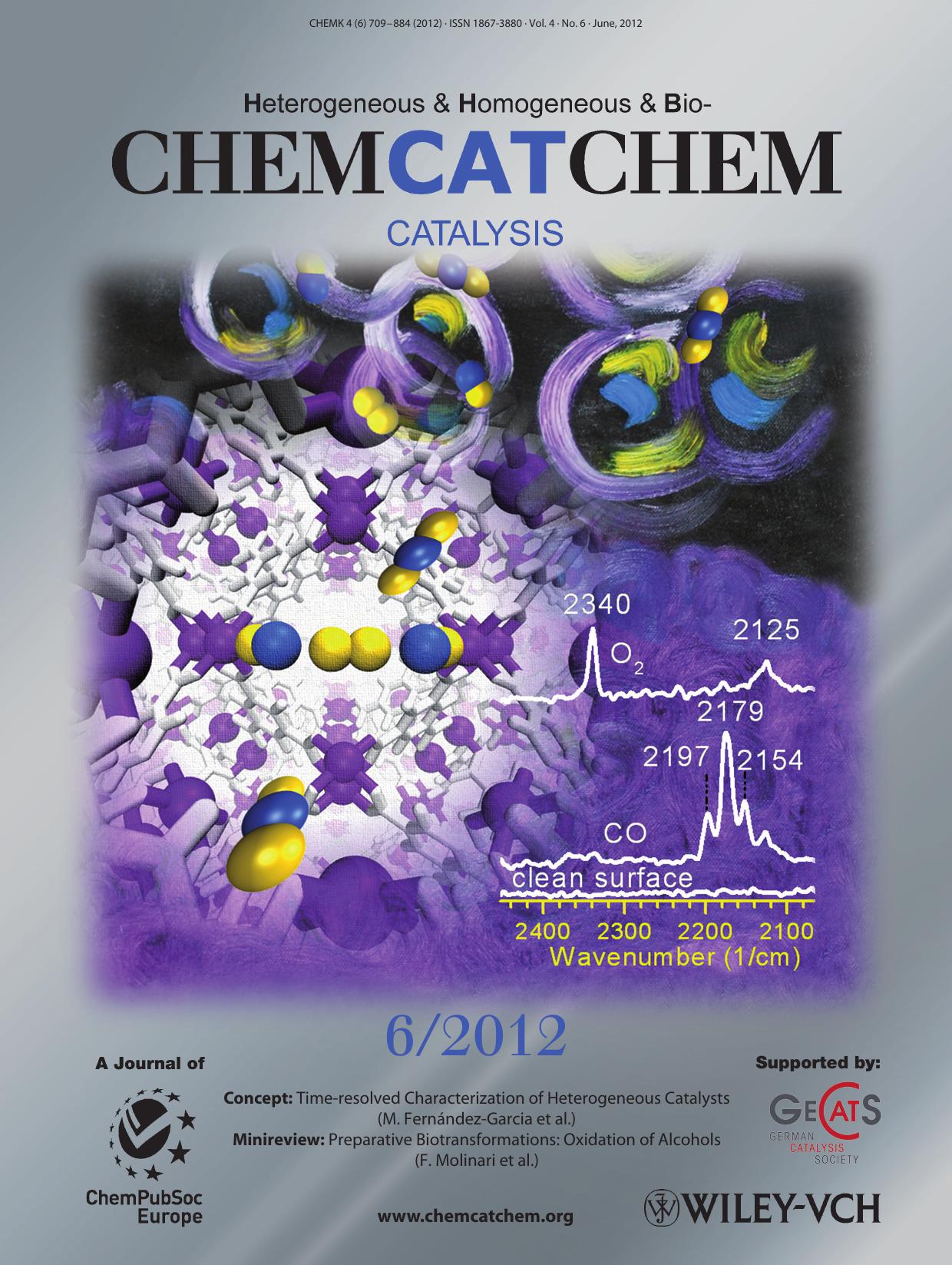
https://doi.org/10.1002/cctc.201290016
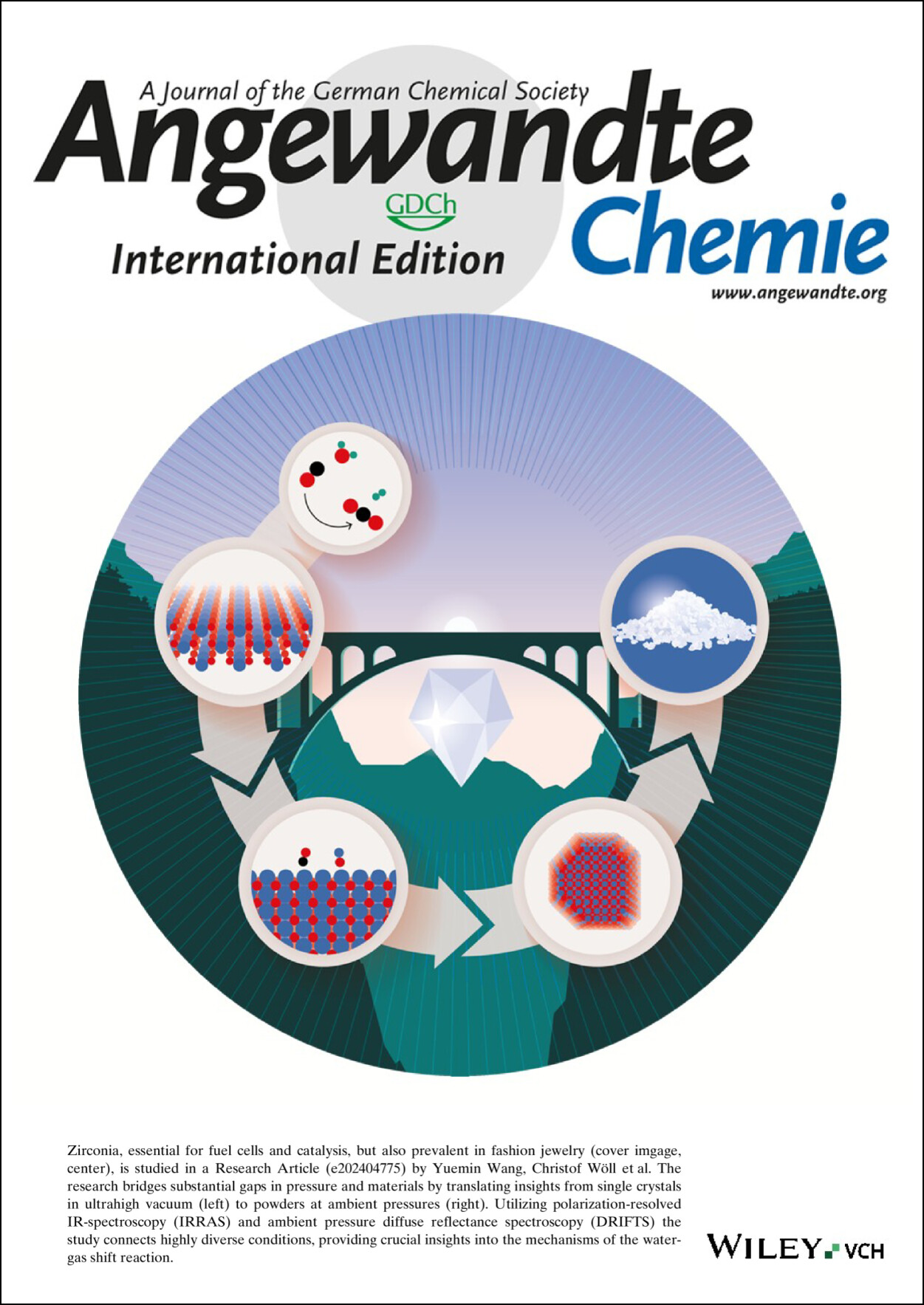
https://doi.org/10.1002/anie.202410030
